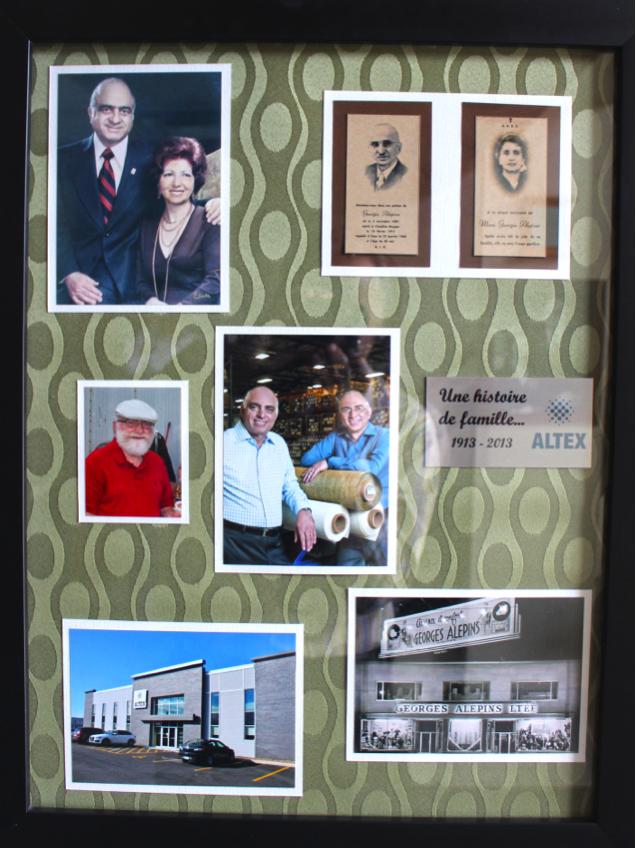Integrating window coverings into the overall plan for building designs has become an important consideration for architects, as aim for more hospitable, efficient environments. Window coverings are no longer an afterthought, but instead considered a building system just like HVAC and lighting systems.
This approach, called engineered shading solutions, considers well thought out window treatments as more then just a quick fix. In order to successfully control solar heat gain, glare caused by daylighting or levels of light into a space, architects know engineered shading solutions are a key part of the “dynamic facade” approach. A sustainable system of interior and exterior window coverings which engage the latest technologies can successfully achieve results in providing for the health, safety and welfare for the a building’s occupants.
Sustainable Design
According to American Institue of Architechts (AIA), “sustainable design is a collaborative process that involves thinking ecologically—studying systems, relationships and interactions in order to design in ways that remove rather than contribute stress from systems”. For example, there are countless situations of where poorly designed window coverings actually add stress to systems, such as floor-length draperies that block heating units, trapping the warm air. However, when done correctly, engineered shading solutions will successfully reduce stress from building systems. For a great example see this issue’s interview with architect








